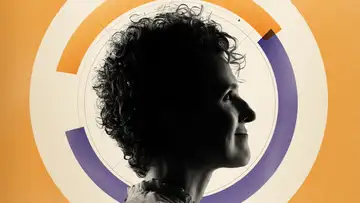Supreme Court Nominee, Creeping Obesity, School DiscriminationTop of Mind with Julie Rose • Season 1, Episode 255
Mar 17, 2016 • 1h 43m
Supreme Court Nominee (1:03)
Guest: RonNell Anderson Jones, JD, Professor in the BYU Law School, Former Clerk for Justice Sandra Day O’Connor
Supreme Court Justice nominee Merrick Garland’s courtship of US Senators who must confirm his selection is underway, though not with Senate Republican Leader Mitch McConnell who is refusing to meet with Garland and says the Senate will not hold hearings on President Obama’s nomination to replace the late Justice Antonin Scalia.
Obama said during a speech announcing the nomination yesterday that he knew his choice would face an uphill battle in the Republican Senate. That’s why he chose Garland.
Vacations and Creeping Obesity (27:47)
Guest: Jamie Cooper, PhD, Associate Professor in the University of Georgia’s Department of Foods and Nutrition
The average American gains 1 to 2 pounds a year, which doesn’t sound like a lot of weight until you consider that over the course of 50 years, you’re looking at a gain of 50 to 100 pounds. Research out of the University of Georgia sheds some light on when and where we might be packing on that extra weight. Not to put a damper on your spring break, but vacations might actually be making us fatter.
Discriminatory School Discipline (38:27)
Guest: Albert Ksinan, Doctoral Student in the University of Kentucky’s Department of Family Sciences
In a perfect world, students who misbehave in school will be disciplined equally. But a snowballing body of evidence finds African American, Hispanic and American Indian students are punished more severely and more often than white students in US middle and high schools. The most comprehensive analysis of this problem to date includes 23 million students in 35,000 schools across the country.
Urban Parks (51:50)
Guests: Ryan Gravel, Atlanta-based Urban Planner and Author of “Where We Want to Live;” Soren Simonsen, Visiting Professor of Urban Design at the University of Utah; Jamin Rowan, PhD, English Professor at BYU; Gonzalo Casals, Vice President of Public Programs & Community Engagemen